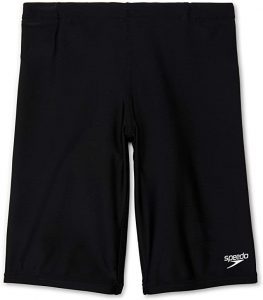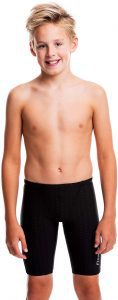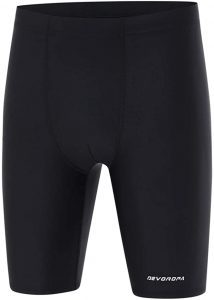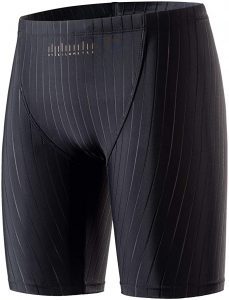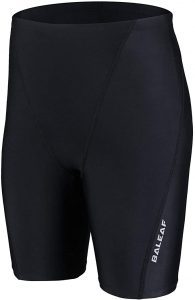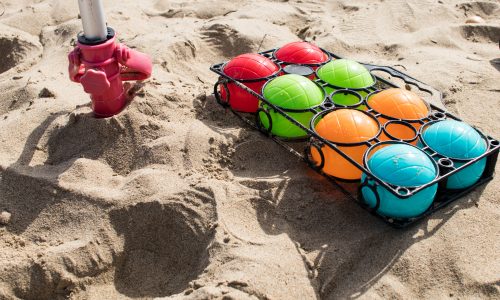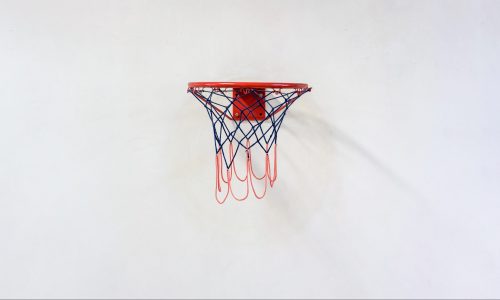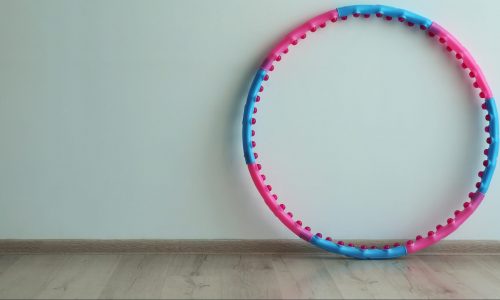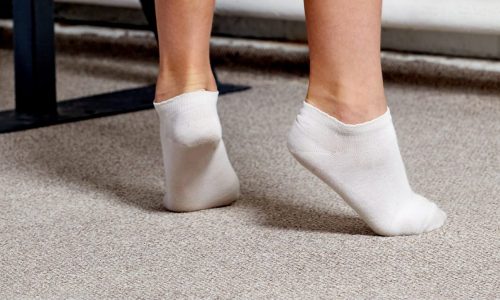The Best Boys’ Swim Practice Suits
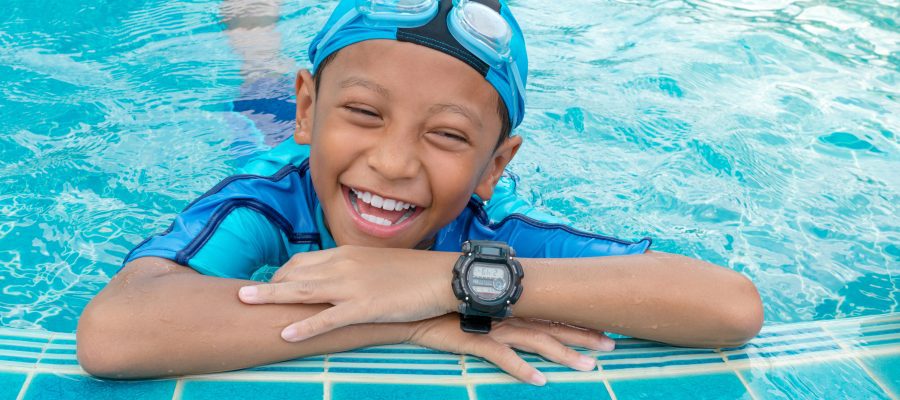
Our Review Process
Don't Waste Your Money is focused on helping you make the best purchasing decision. Our team of experts spends hundreds of hours analyzing, testing, and researching products so you don't have to. Learn more.
Our Picks For The Top Boys Swim Practice Suits
Built with Lycra fibers, these swimsuits can hold up through even the most rigorous wear. The material resists damage from suntan lotions and oils in the skin, as well as pool chemicals. The fabric has built-in UPF 50 to help keep your child safe while they practice.
For Serious AthletesThese swim shorts are ideal for competitive swimming, with stronger fibers that are designed to last.
Polyester-spandex material and a V-panel crotch make this swimsuit both comfortable and flexible. The material reduces water absorption to help keep your little swimmer moving quickly while also resisting damage from chlorine. The crotch features a V-panel design to keep boys comfortable while also offering a sporty look.
Great for Growing FishThe form fit and drawstring make this swimsuit ideal for kids who are still growing.
Quick-dry fabric makes hopping in the car to go home easy, keeping kids comfortable after they've left the pool. The swimsuit material has UPF 50+ protection built in to cover the areas your sunblock doesn't reach. Flatlock seams and a lightweight design will keep from slowing swimmers down as they move through the water.
Extra Comfortable OptionThese swim shorts keep kids comfortable both while they're in the pool and out with a design that prevents chafing.
The material in these shorts is designed to hold up to up to 600 hours of pool time. You'll get a lined front to provide extra protection and a drawstring waist to find the right fit. The fabric resists chlorine while also drying quickly and holding its shape over many swim sessions.
Unique DesignStand out among the other swimmers at practice with this striped design that is classy while still being unique.
Buying Guide
Swimming is not only great exercise, but it’s also a serious sport. From high school swim teams to the Olympics, talented swimmers can win medals, earn money or simply earn the pride of being the best in their district.
For aquatic athletes, a swimsuit is more than a recreational wardrobe item. The right swimsuit can make a big difference in performance. Swimsuit manufacturers have worked hard to make swimsuits that reduce drag in the pool, giving swimmers the coverage they need without creating resistance. That resistance is thought to slow swimmers down, negatively impacting their overall performance.
For that, manufacturers have come up with specialized swimsuits for competitive swimmers. For men, those swimsuits come in the form of knee-length shorts that conform to the body without restricting movement. These can sometimes go by the name “jammers,” and are typically made of lycra, spandex and/or polyester.
But competitive swimsuits have another complication. Due to the design, you can’t simply toss them in the washer after practice or a swim meet. You’ll instead usually need to wash them by hand and air-dry them, preferably in a well-ventilated space. If they’re tossed in a bag while wet and left there, they could build mildew. Hanging them in direct sunlight to dry is also a bad idea.
In the past, competitive swimsuits have struggled to resist damage from chlorine. But newer swimwear is designed to hold up even through hundreds of hours of pool time. Some detergents can still fade the fabric, though, so it’s important to follow the care instructions on the label carefully.
A good pair of competitive swim trunks conform to the body, lying flat to avoid the drag that can come from water catching on the fabric as you move. But you’ll also want the fabric to be lightweight enough that it doesn’t slow down the swimmer. A lightweight design will also be more comfortable for the hours your swimmer will spend waiting poolside at practices and meets.
What to Look For
- A competitive swimsuit typically has a higher thread count than a casual one, with each thread being thinner than with other types of material. This gives them a smoother surface for reducing friction.
- With a competitive swimsuit, fit is essential. It needs to fit snugly while still being comfortable, so you’ll need to get the sizing right. Make sure you take measurements and compare them to the chart for each swimsuit brand, as they can differ widely.
- It’s important, after exposure to the pool, that you rinse chlorine and other chemicals off your swimsuit as soon as possible. Look for a mild detergent that’s free of bleach to help clean the suit, then hang or lay it flat to dry.
- For avid swimmers, you’ll likely need more than one swimsuit. Have two or three swimsuits that you alternate between. This will give you plenty of time to allow each suit to air dry before you wear it.
- Try to urge your young swimmer to avoid sitting on the rough terrain next to most pools. This can snag the delicate fabric and reduce its lifespan. A towel will offer the protection they need if a lounge chair or bench isn’t available.
- Many competitive swimsuits have a ultraviolet protection factor built in. This UPF can help for those meets that have swimmers out in the blazing sun all day, but you’ll obviously still need to regularly apply sunscreen to the uncovered areas.
- A waistband with a little elastic in it can help keep swimmers comfortable. Some even feature a drawstring to let you customize the fit.
- One benefit of the material used in some practice suits is that it dries quickly. This can come in handy for hopping in the car to go home after practice.
- If your child is on a swim team, check before buying. There may be rules as to the swimsuits allowed, and you’ll want to make sure you know those before you buy.
More to Explore
Older competitive swimmers often shave all their body hair before a meet. The long-held belief is that doing this helps improve their speed by reducing drag. In actuality, many swimmers simply like the feel of the water against their smooth skin. Shaving removes the outer layer of the epidermis, giving the swimmer a better connection with the surrounding water and enhancing the experience.
As for the improvement in speed, one study showed that swimmers did actually show improved performance after shaving. However, this could be the placebo effect at work. It is possible that having that more direct feel for the water that swimmers love helps them perform better, with physics having little to do with it.

